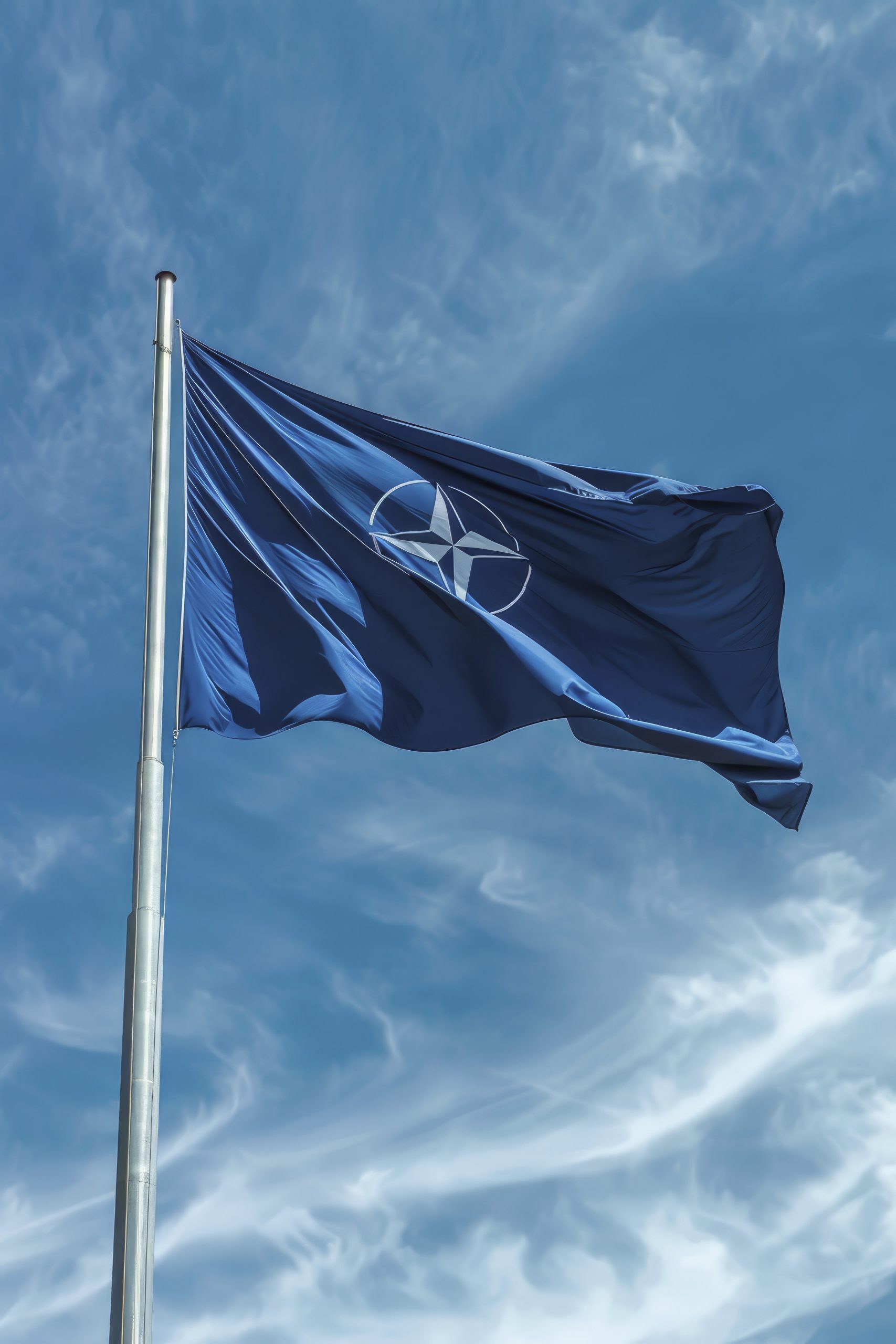Introduction
On 7 March 2024, after decades of close partnership, Sweden finally joined NATO. Its accession followed a strict process involving the approval of all Parties of the Alliance. Before this pivotal moment, Sweden’s application to NATO was engaged in an unstable diplomatic negotiation between former Allies. This paper aims to analyse the legal framework and the future setup of NATO after this substantial transformation.
1. Legal framework of Sweden’s accession to NATO
Articles 10 and 11 of the North Atlantic Treaty (1949) outline the process of accession to the NATO Alliance, designing its so-called “open door policy” (NATO, 2024 March 8). These articles state that membership is open to any “European State in a position to further the principles of this Treaty and to contribute to the security of the North Atlantic area” (NATO, 1949). As a result, the enlargement of NATO is an ongoing and dynamic process and its membership has grown from the 12 founding members to today’s 32 members through 10 bouts of expansion in 1952, 1955, 1982, 1999, 2004, 2009, 2017, 2020, 2023 and 2024 (NATO, 2024 March 11).
The enlargement of the Alliance has been promoted by Member States since 1995, when the study’s findings on NATO enlargement were published (NATO, 1995). The study concluded that the end of the Cold War offered a pivotal opportunity to strengthen security across the entire Euro-Atlantic region. In fact, a NATO enlargement would enhance stability and security by encouraging and supporting democratic reforms, including the establishment of civilian and democratic control over military forces; fostering patterns and habits of cooperation, consultation and consensus-building characteristic of relations among members of the Alliance, and promoting good-neighbourly relations. The study also concluded that enlargement would strengthen the Alliance’s ability to contribute to European and international security while reinforcing the transatlantic partnership (NATO, 1995).
Countries seeking NATO membership have to demonstrate that they can fulfil specific requirements such as a functioning democratic political system based on a market economy; the fair treatment of minority populations; a commitment to the peaceful resolution of conflicts; the ability and willingness to make a military contribution to NATO operations; and a commitment to democratic civil-military relations and institutional structures (NATO, 2024 March 8).
New members can join the Alliance through the legal instrument of accession, which has to be deposited before the Government of the United States of America. In turn, the US Government has to inform each party of the deposit: subsequently, all members must ratify the text of the agreement in accordance with their constitutional processes. The Treaty shall enter into force as soon as the majority of signatories deposit their ratification; similarly, it shall come into effect for the remaining signatories when they also deposit their ratifications (NATO, 1949).
Read the full publication at the original link
About the author:
Marta Cerafogli is a legal research manager at Finabel
Alexandre Delacour works at Finabel’s legal research department


